Week 1:Assignment 1
Due date: 2022-08-10, 23:59 IST.
Your last recorded submission was on 2022-07-29, 11:02 IST
NPTEL | Programming In Java| Week 1 : Assignment 1 Answers | July-2022
netaji gandi
Thursday, July 28, 2022
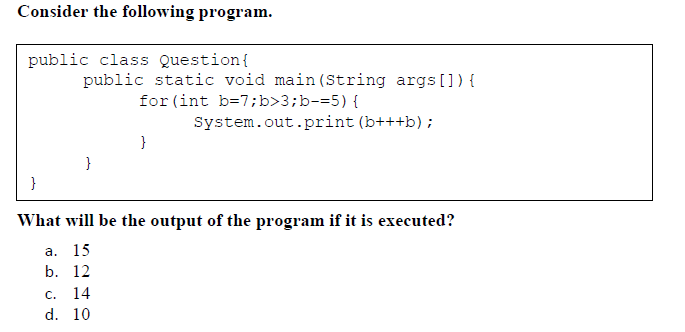
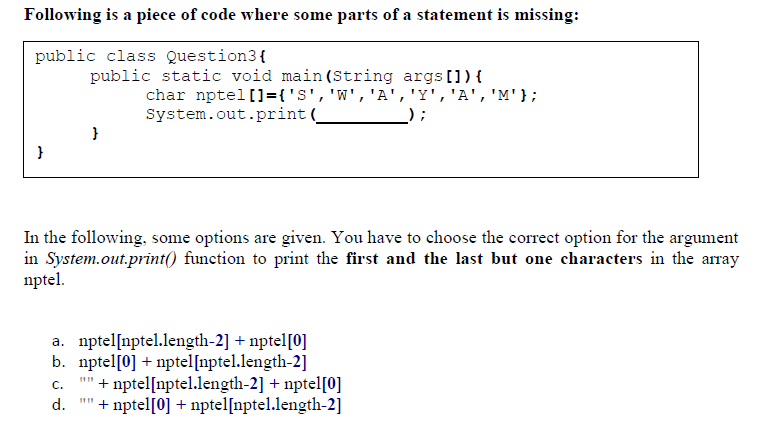
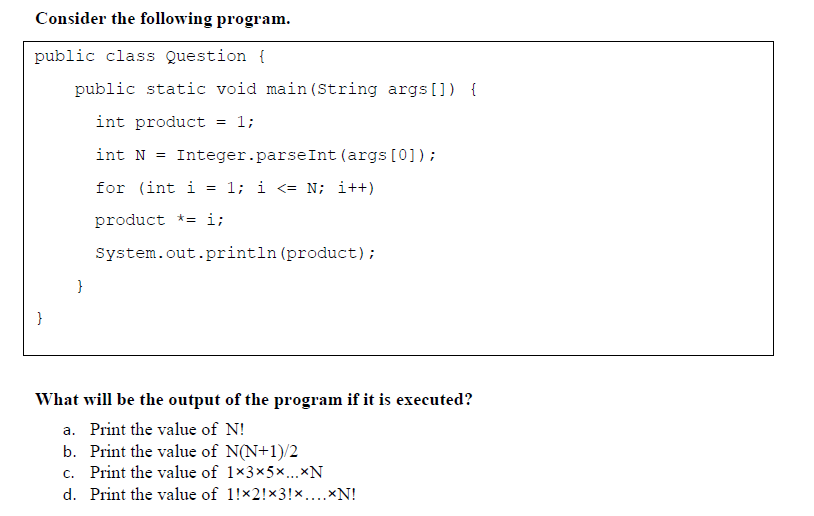

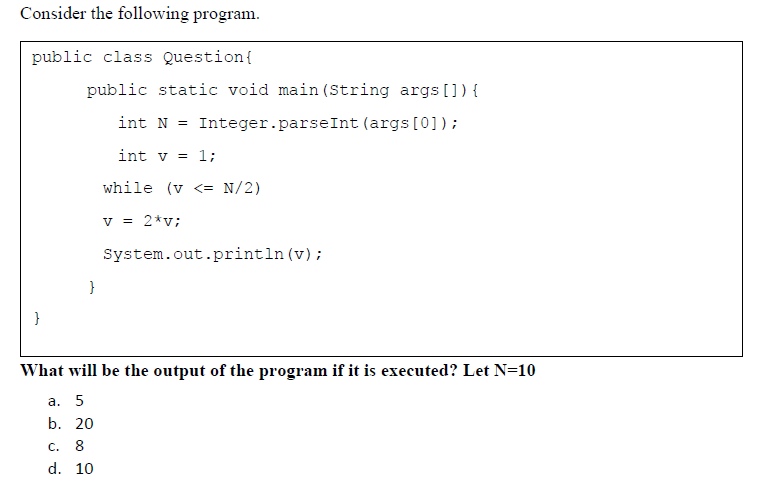




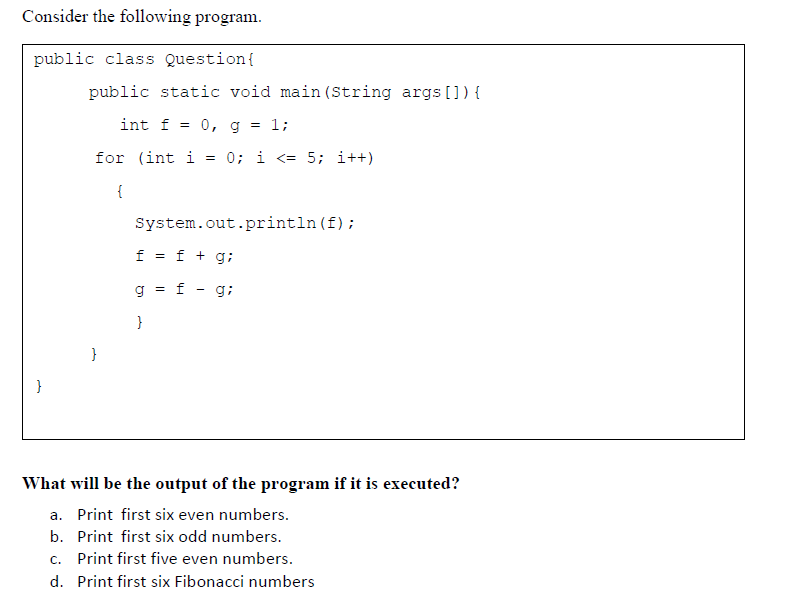
Note:
1. What does h(27993) return for the following function definition?
def h(x):
(d,n) = (1,0)
while d <= x:
(d,n) = (d*3,n+1)
return(n)
2. What is g(60) - g(48), given the definition of g below?
def g(n):
s=0
for i in range(2,n):
if n%i == 0:
s = s+1
return(s)
3. Consider the following function f.
def f(n):
s=0
for i in range(1,n+1):
if n//i == i and n%i == 0:
s = 1
return(s%2 == 1)
The function f(n) given above returns True for a positive number n if and only if:
4. Consider the following function foo.
def foo(m):
if m == 0:
return(0)
else:
return(m+foo(m-1))
Which of the following is correct?
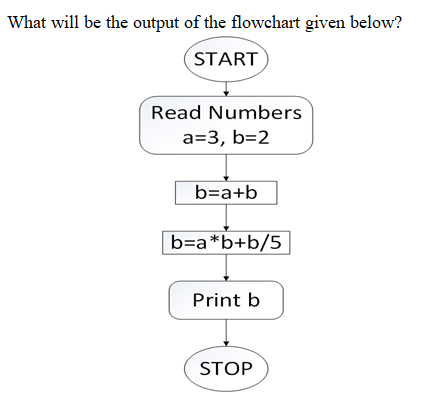
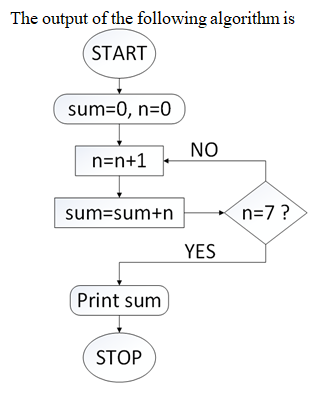
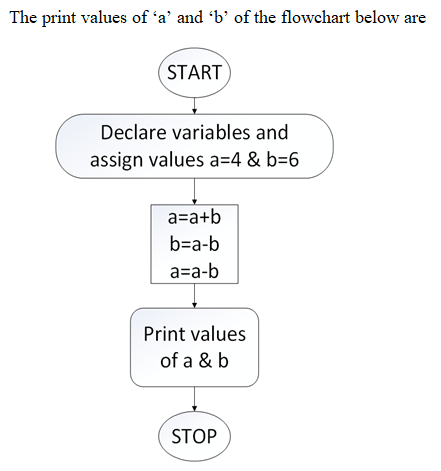
 |
| Delhi Metro Rail Map |
 |
| A Maze |
 |
| A tournament fixture Courtesy: http://www.squadtd.com/ |
 |
| Undirected Graph |
 |
| Directed Graph |
 |
| Vertex Labeled Graph |
 |
| Cyclic Graph |
 |
| Edge Labeled Graph |
 |
| Weighted Graph |
 |
| Direct Acyclic Graph(DAG) |
 |
| Disconnected Graph |
 |
| Mixed Graph |
 |
| Multigraph |

 |
| Fig. 1: An undirected graph |
 |
| Fig 2: A directed graph |
 |
 |
2025-26 II-I VR23-OBJECT-ORIENTED PROGRAMMING THROUGH JAVA LAB Netaji_VR23 - OOPS JAVA LAB Course Objectives: ...